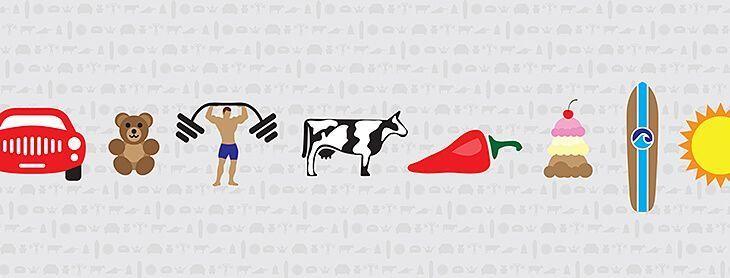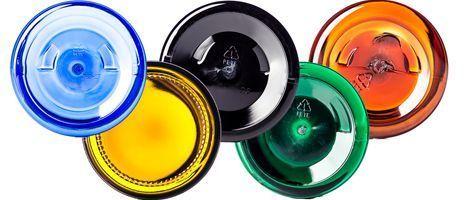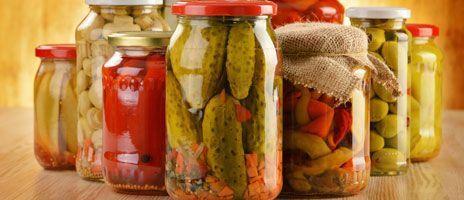A Brief History of Canning


This is the time of year when the harvest comes on, when peaches, tomatoes, green beans, and everything else ripen. It is a great time to enjoy the fresh produce, but if you want to save some of your crops for later in the winter, you need to utilize a method of preservation.
Canning Guides and Resources
At Container and Packaging we have many resources to help you can your harvest. Check out this blog post, Your Ultimate Canning Guide with CPS, and here with August is CPS Canning Month, where you can find many links to other articles to get you started on your canning journey. If you want a step-by-step guide for hot water bath canning, start with this article: Hot Water Bath Canning Part 1. And as a refresher for canning safety, look at Canning Food Safety for CPS Canning Month.
Canning: A History
Today, we're going to learn a bit about the history of modern canning. Just over two hundred years ago, some of the main methods of preserving food were drying, salting, and smoking. During the Napoleonic Wars, the French government offered a reward to anyone who could come up with an efficient method of preserving food. The armies were probably getting tired of eating the same salty meat and dry biscuits meal after meal, and moral was probably low. Good food works wonders in raising the spirits of people, and the French must have recognized this. A French confectioner named Nicolas Appert noticed that when food was cooked inside of a jar, it did not spoil unless the seals leaked. The French tested this method of food for their army, but it was not perfected, and they found it to be too slow and cumbersome.
Shortly thereafter, another French man named Phillipe de Girard went to England and came up with a method for canning with tin cans. Again, the main users of these canned foods were the British Army and Royal Navy, as they needed quality food for the soldiers.
Throughout the 1800s, canned food gradually gained popularity. During World War I, canned food use skyrocketed. Militaries needed high-quality food to feed millions of soldiers. Canned goods could be stored for a long time, could be transported safely, and could be easily eaten in the trenches.
Nowadays, commercial canning is used by nearly all populations. It is inexpensive and nutritious, with most canned goods boasting high nutritional values compared to their fresh counterparts. Canned goods also prolong the shelf life of foods, with most boasting a one- to five-year shelf life. They are perfect for stocking up in case of emergencies. Home canning gives you the flexibility of bottling your own produce. You can find countless recipes and methods for different canned goods on the internet, including pickles, jams, jellies, salsas, juices, and more.
What are your favorite foods to can? I love canning peaches, apple pie filling, and salsa with produce from my garden. Leave a comment below and let us know what you are going to preserve this year!




